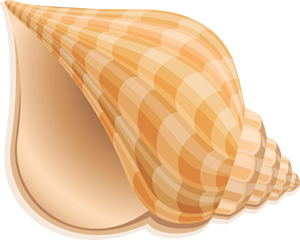She Sells Seashells by the Seashore

Biodiversity is a measure of the variety of life that occurs within an ecosystem. The number of different species that live in an ecosystem determine the biodiversity. For example, a forest that has 20 different type of trees has a greater diversity than one with only 2 types of trees.
Richness is defined as the number of unique species that are present, but does not include the number of individuals within those groups.
Abundance is the number of individuals present in each group relative to the total number of individuals. Richness and abundance are both measures of biodiversity.
The Simpson's Diversity Index is a measure of diversity which takes into account the number of species present, as well as the relative abundance of each species. As species richness and evenness increase, diversity increases. The equation shows how the diversity is calculated, with the value of D ranging between 0 and 1, with 1 representing a high diversity.
tn = the total number of organisms of a particular species
N = the total number of organisms of all species
The bag of seashells you have represents a sample from a beach near Bradenton, Florida. Calculate the biodiversity of your sample using the Simpson’s Diversity Index. (The rows do not necessarily indicate the number of species in your bags, you may need more rows, or fewer.)
Species/Taxa |
Number (n) |
n (n-1) |
Total |
N (total) = |
∑ n(n-1) = |
Show Calculations:
Analysis - What does the biodiversity index of your sample tell you about the beach where it was collected from?
Other Resources on Biodiversity
Measing the Biodiversity of Beans

